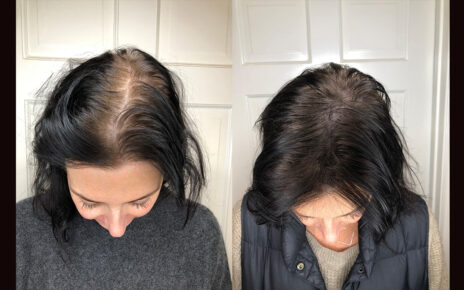You may find it challenging to choose from the different varieties of contact lenses available if you recently decided to switch to contact lenses. The many contact lens kinds and features are described below to assist you in making an informed decision.
Today’s prevalent contact lens categories include:
- Soft Lenses Contacts
- Rigid Gas Permeable (RGP) contact lens
- Disposable/Replaced Frequently contact lens
- contact lenses with torics
Let’s examine each type of contact lens separately so you may learn how they differ and whether they are appropriate for you.
A soft lens
Soft and flexible plastics, such as hydrogel, are used in the manufacture of soft contact lenses to increase the amount of oxygen that may reach the cornea. They are created using cutting-edge optical technology processes. The soft lens is more breathable as a result, which is why they are more well-liked.
Benefits:
- Soft contact lenses’ flexible plastic composition makes them easy to wear.
- Compared to rigid gas permeable lenses, they provide greater comfort.
- Almost anyone who wishes to wear contact lenses can wear them thanks to their versatile design and substance
- Long wear times are best accommodated by soft lenses.
They are also the best kind of contact lenses if you want to wear them periodically and are not constrained by any specific wearing schedules. To treat eye diseases such as myopia, hyperopia, astigmatism, and presbyopia, soft contact lenses are also an option.
Gas-permeable rigid lenses
In comparison to soft lenses, rigid gas permeable lenses (RGPs) are slightly stiffer because they are comprised of sturdy plastics. It increases their resistance to any form of deposit build-up, which gives the wearer clearer eyesight. These types of contact lenses are less comfortable than soft lenses, therefore it can take you a few weeks to become used to wearing them. Not very prevalent among contact lens users due to a more difficult adjustment curve for comfort.
Benefits: These contact lenses last longer since their sturdy construction makes them less likely to tear.
They are also affordable due to their long lifespan.
RGP contact lenses offer a solid fit, making them a good choice for people with irregular astigmatism, according to eye care professionals. They are also a preferable choice for those with eye diseases like Keratoconus, which causes the cornea of the eye to protrude outward in the shape of a cone.
Disposable or often replaced lens
Contact lenses that can be routinely replaced after use are referred to as disposable. There are four different types of disposable contact lenses: yearly, quarterly, monthly, and daily disposable. If the contact lenses are daily disposables, you can use them for the day and switch to a new set the next day.
Contrarily, monthly disposable contact lenses can be changed after up to 29 days of wear. For cleaning, sanitizing, and storing reusable disposable contact lenses, such as quarterly, monthly, or yearly disposable, it would be beneficial if you used soft contact lens care solutions.
Benefits: Daily disposable lenses are simple to handle and don’t require any special cleaning or disinfection procedures.
When traveling, daily disposables are also helpful because you can easily load up contact lenses to get you through the trip.
After cleaning them with a soft contact lens care solution, monthly, quarterly, and yearly disposable contact lenses are easily reusable
Toric lenses
Patients who need cylindrical correction are given toric lenses. In other words, toric lenses are used to cure vision problems like astigmatism, nearsightedness, and farsightedness. These lenses have various powers in various contact lens meridian locations. Toric lenses, therefore, contain stabilizing features (such as prism ballast) and prevent any axial rotation. These particular contact lenses are incredibly breathable and secure for prolonged use.
Benefits:
- When used in a vertical or horizontal orientation, toric lenses have distinct focusing or refractive capabilities.
- These contact lenses feature a high level of breathability, allowing for prolonged wear.
- Additionally, they are offered as daily disposable contact lenses.





